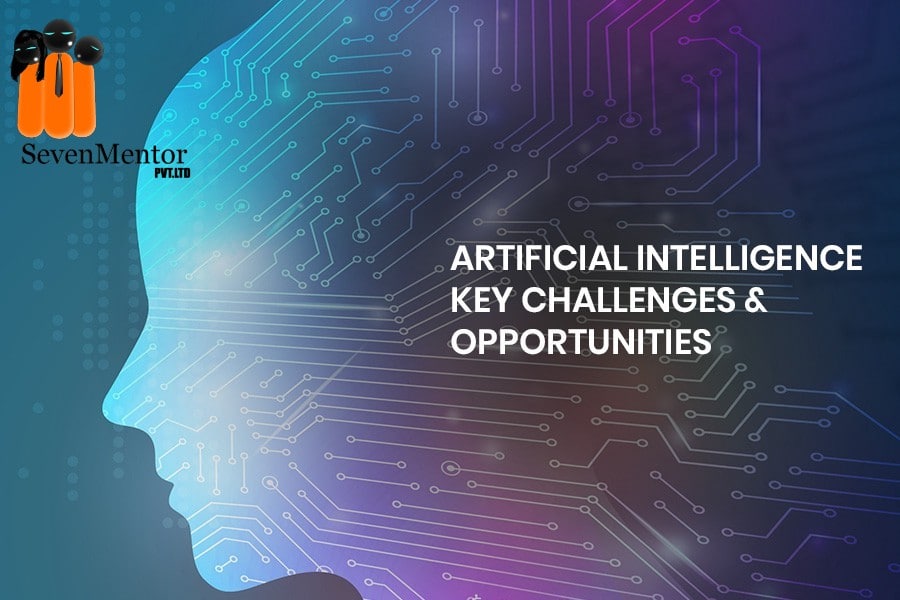Transforming the concept of AI into real benefits is difficult and requires “right” goals, leadership, technology and a way of doing things. It also requires entry and alignment at level C. Identifying, prioritizing, and setting goals for AI opportunities is a multidisciplinary team effort that should include business people, site professionals, and AI researchers and researchers. This helps ensure compliance with the company’s goals, while including the required technology and domain technology. AI systems may also require significant considerations in management, law enforcement, ethics, costs, and risk.
Moreover, while the technical details of AI are complex, the results of AI strategies are extremely simple. In most cases, AI solutions are built to draw input of one or more inputs, where the results fall into a small group of possibilities. Results from trained AI models include numbers (continuous or separated), categories or classes (e.g., spam or non-spam), opportunities, groups / segments, or sequences (e.g. letters, words, or sentences).
So, AI techniques don’t just solve real-world problems outside of the box. They do not automatically generate revenue and growth, increase ROI, or keep users engaged and loyal. Similarly, AI does not naturally use it to expand supply chains, diagnose diseases, drive vehicles, increase human intelligence, or promotions made to different parts of the market.
Setting the company’s broader goal of reducing customer churn by 25% is good, but, unfortunately, it is very broad in most AI applications. This is why customer churn reduction is not a natural feature of AI methods. Differences between objectives such as reducing customer fraud and actual AI outcomes should be well managed and mapped.
For Free, Demo classes Call: +918983120543
Registration Link:Click Here!
Why and How to Set Realistic AI Goals
AI objectives should be tailored to the growth of a given company, and should be chosen to increase the chances of success, prove value, and build a foundation on which to build AI solutions that gradually reach higher business goals. How to crawl, walk, run is a good analogy for this.Objectives should be well-structured, which means they are specific to participants, a real map of AI exit from applications and use cases that meet business objectives, and are well-balanced. For companies in the early stages of AI maturity, the right motives mean they have to be small and clear enough to try, and prove the potential value, very quickly (think less and more ways). As the growth of AI increases, the vision and strategy of a sustainable, comprehensive, and organizational AI must be designed to achieve the AI-centered AI goals – the principles that drive all AI programs and development. This should go hand in hand with a shift from rising thinking to a larger, more “used AI” thinking.
Let’s consider the overall purpose of reducing customer churn. In the first phase of AI maturity, we can create AI solutions that reduce search conflict (e.g., Netflix and Amazon recommendation engines), increase customized adherence to more relevant and engaging content, and build a predictable model to identify potential customers and abuse or take appropriate action to prevent or take appropriate action. automating and improving results in areas outside the human expertise (e.g. when you switch to developing a larger AI vision and strategy, we can create a priority roadmap that contains a set of recommendation engines and a loyalty program designed for you through AI, for example.
At the level of each goal, and in each well-structured goal, the same multi-tasking team mentioned earlier should work together to determine what AI opportunities exist, select and prioritize what to pursue, and determine the feasibility of each technology.
There are frameworks like SMART to help demonstrate well-designed goals, but since AI is a field that I describe as a science fiction (like R&D), features such as accessibility and timeliness may not be ideal goals. Results are usually obtained through a scientific procedure for detection, testing, and testing, and these procedures are not always speculative.
For Free, Demo classes Call: +918983120543
Registration Link:Click Here!
Given the science of AI, objectives are best expressed as well-raised questions and assumptions related to a specific or intended benefit or outcome of the participant. For well-designed purposes, data scientists and machine learning engineers can use the scientific method to test various methods to determine the authenticity of a hypothesis, and to test whether a given method is feasible and can achieve a goal.
For example, by introducing “Frequently Purchased” (and other recommendations), Amazon has been able to increase the size of the customer’s shopping cart and the number of orders (i.e., sales and sales), which also increases the per capita revenue per customer, which also raises revenue for Amazon’s commerce quarterly. McKinsey estimates that up to 35% of Amazon’s revenue and 75% of everything watched on Netflix comes from AI-enabled recommendations.
However, when defining an AI project, the purpose or vision in this case is not to increase the company’s high revenue, but rather to create an operating system that collects products with the opportunity to buy together will increase the size of customer orders. the average income per customer and the highest income.
Another example would be setting a goal by creating an efficient AI model that can predict the demand (number of units that can be purchased) for a given product of a given day, time, and weather. If accurate, this forecast can help the seller to ensure that the stock does not run out, which means
Conclusion
AI and machine learning technologies have come a long way in terms of capabilities and accessibility, but off-the-shelf AI solutions aren’t yet available for specific industries or business domains, companies, sets of data, applications, and use cases. The key to success with AI is assembling a multi functional team that defines appropriate goals, then letting these goals drive the AI initiatives and projects.
Author,
Kamble, Amol
For Free, Demo classes Call: +918983120543
Registration Link:Click Here!
Call the Trainer and Book your free demo Class now!!!
© Copyright 2021 Sevenmentor Pvt Ltd.

